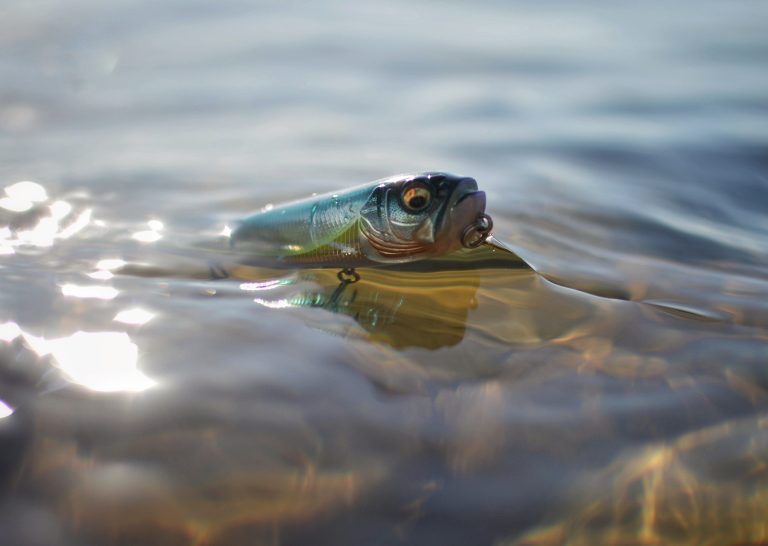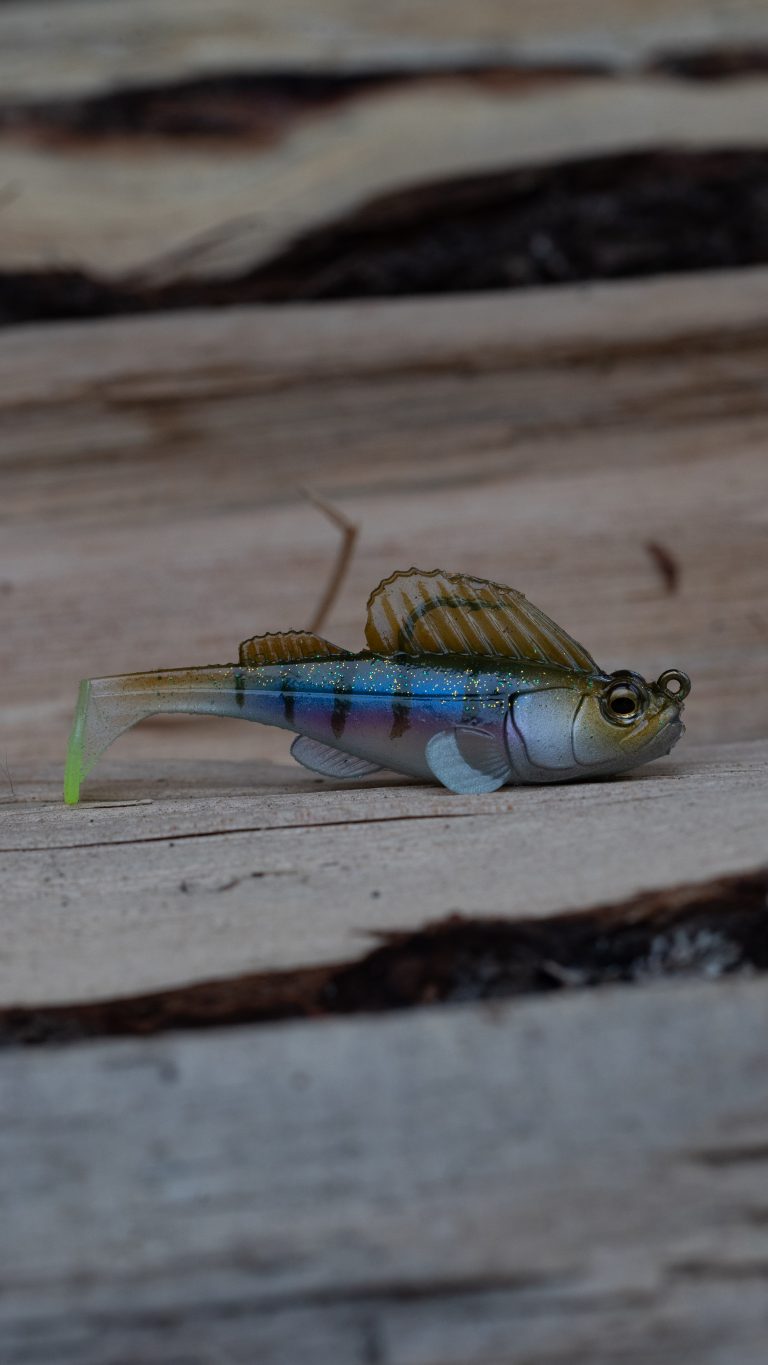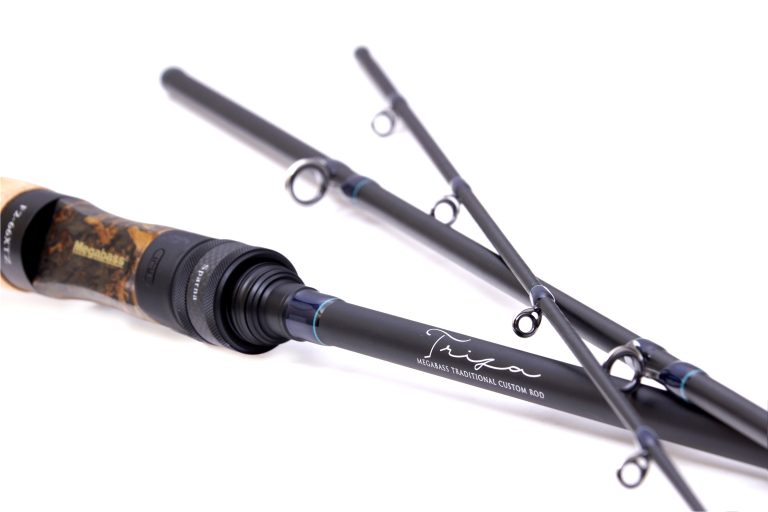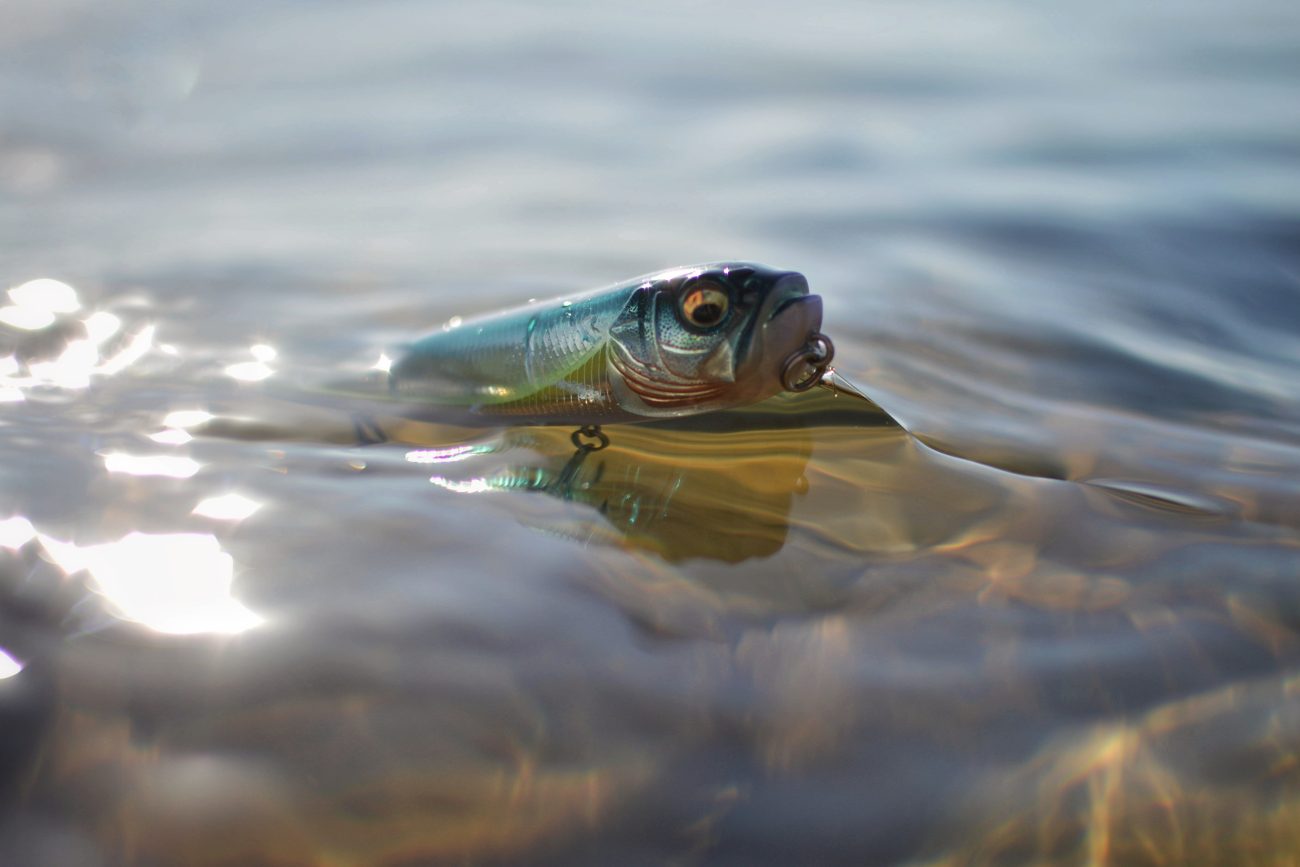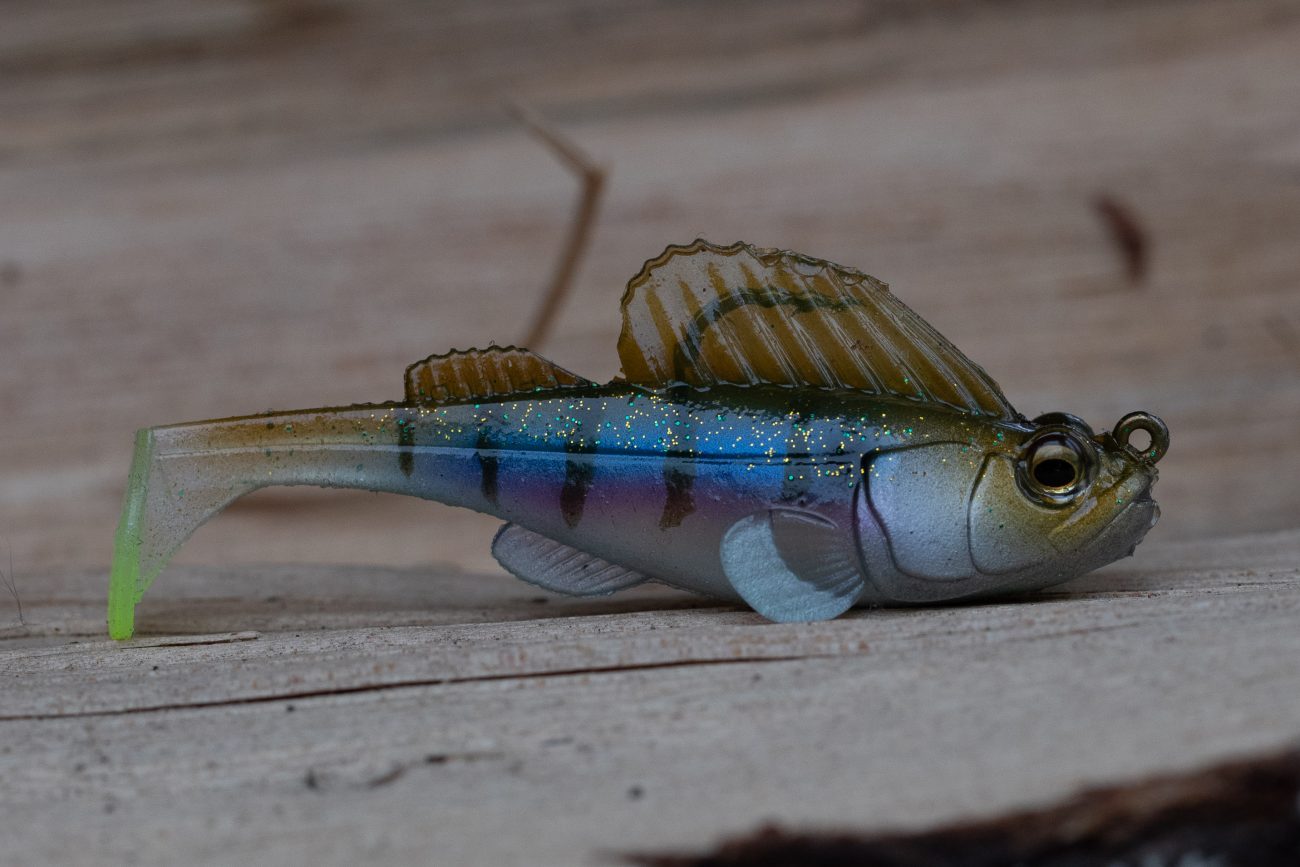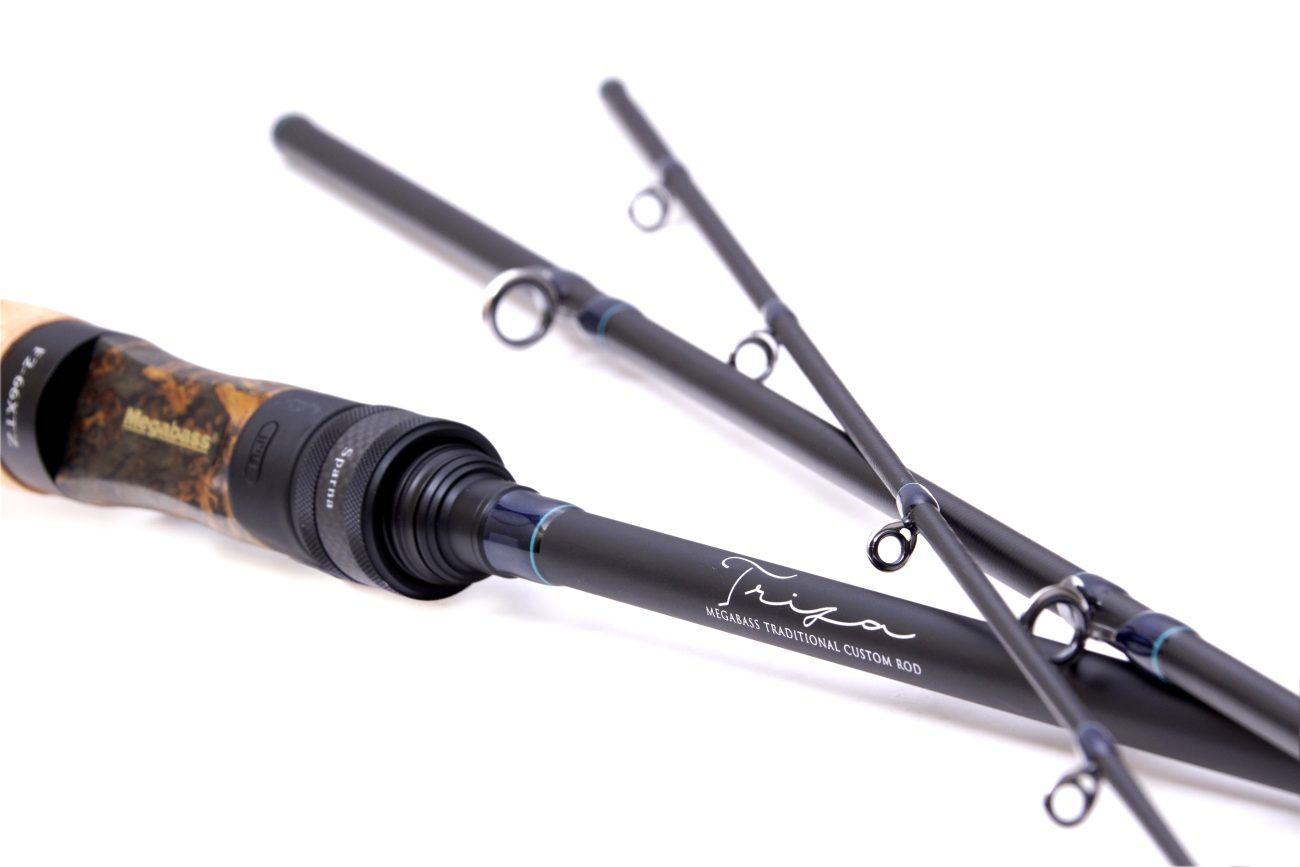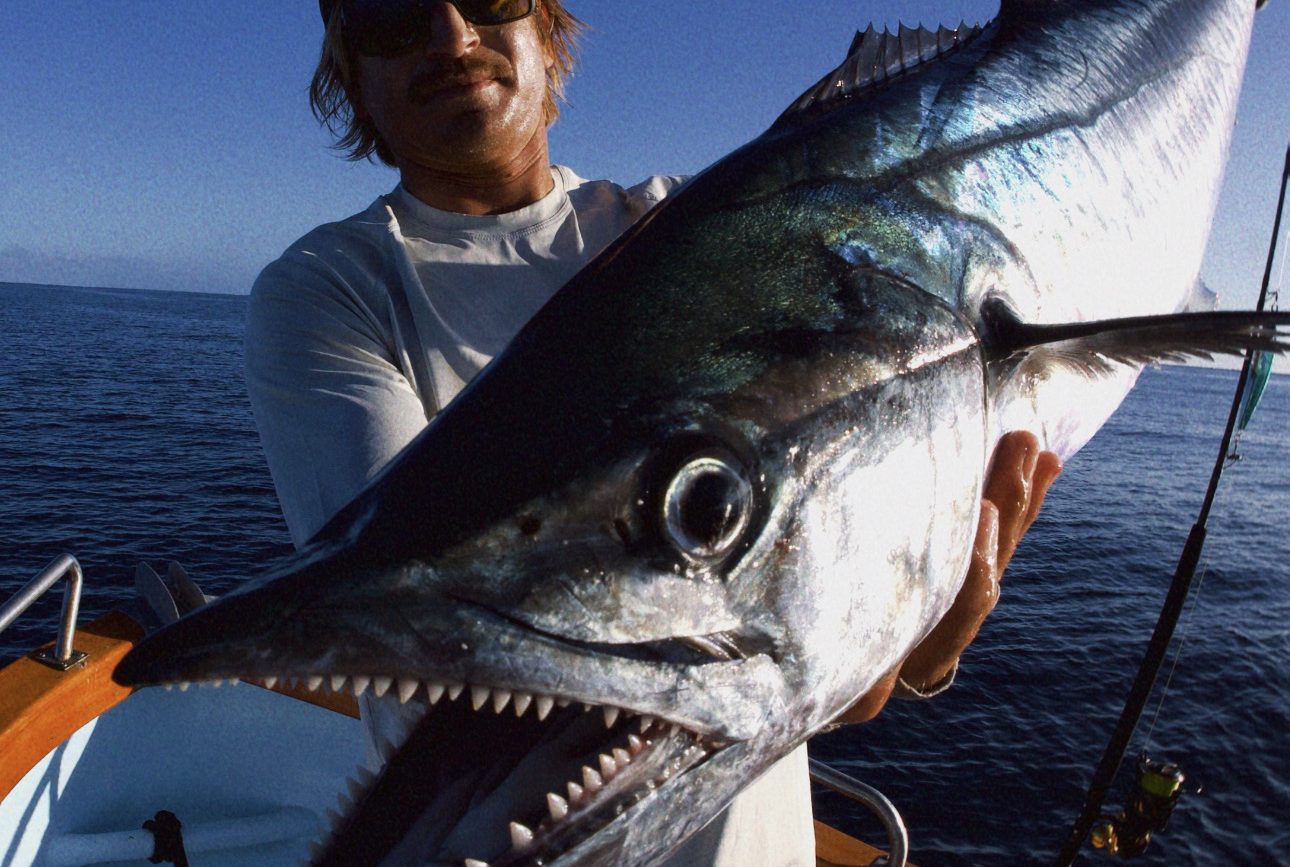Traditionally, most anglers have viewed winter as the prime time for jerkbait fishing. The conventional wisdom indicated that suspending jerkbaits were only effective for sluggish bass in cold water.
This myth has been dispelled greatly over the past 10 years, but the fact remains that jerkbaits shine when the water temperatures are in the forties. Of course, in order to be effective at those temperatures, you still need to consider water visibility. In fact, in my opinion this is the most critical aspect dictating how to apply the technique in cold water.
Water visibility will determine how fish use cover in a lake and how deep they will be, as well as your color selection and cadence. Cold water jerkbait fish can be caught in water clarity ranging from gin clear all the way down to just one foot of visibility. The key is to understand how to approach each separate range, so here are some good guidelines.
In clear water (4 feet of visibility or more), ideal days are partly cloudy to cloudy, with a 5-10 mph wind. In cold water, I don’t like a lot of wind like I do when temps are warmer, because it makes a slow cadence very difficult to achieve, and the wind will not activate the bass like it will when the water temps are over 50 degrees. Even though the water is cold, in clear water, I don’t like the bait to sit still for long periods of time. That allows them to study it too much. I like to get the bait down to its deepest point and then slow the speed of the twitches, leaving the lure stationary for a second or two. It’s important to keep the bait moving forward, even if it’s slow.
Additionally, color selection in cold water tends to favor metallic finishes in cloudy weather, and flat or clear sides in partly cloudy or sunny conditions. My two favorite models in the winter are the Vision Oneten+1 and the X-80 Trick Darter. The Oneten+1 will get down to 9 feet on a long cast with 7lb. line (~7ft on 10lb), and the Trick Darter’s smaller profile will draw strikes under really cold and clear conditions. The Trick Darter will reach nearly 7 feet deep on 7 lb. test (~5ft on 10lb). In clear water most of the time I’m fishing points and casting over 15 to 25 feet of water. When doing this, you are not only targeting suspended fish, but pulling fish up off the bottom as well.
In more stained lakes (1 to 3 feet of visibility), I prefer partly cloudy to sunny skies, with very light winds. The more stain you have in cold water, the more critical it is to have the bait remain stationary for longer periods of time, due to the fact that the bass have a harder time zeroing in on the bait. Also, your cadence needs to be very slow in stained water.
The key in both clear and stained water is to pay close attention to cadence when your bait gets into the “Sweet Zone.” The Sweet Zone is that part of your cast when the bait is at its deepest point. This zone is usually about half of your total casting distance, in the middle portion of your retrieve. When you are in the Sweet Zone in stained water, it’s critical to barely move the bait and then leave it still for periods of 5 to 30 seconds. After that period of no movement, I like to give the bait a quick snap, then let it set still again. This is the reason that the best cold water jerkbait days are the ones with little to no wind. Wind over 5 mph makes this type of presentation very difficult.
In stained water, I like flashy metallic or solid color finishes on my jerkbaits, and stay with the Vision Oneten most of the time. It is critical under these conditions to get your bait to suspend perfectly. Even a lure as finely tuned as the Vision Oneten sometimes needs adjusting in different water temps, so I’ll use suspend strips to achieve this. It’s important to super glue these strips on or they will fall off in cold water at some point.
As with any jerkbait fishing, there are no exact rules. You must let the fish tell you the best depth, color and cadence to use on any given day. When I’m in an area that I believe the fish are using, I’ll use one cadence and color for maybe 20 minutes, then make a color change if it’s not working. Then I’ll follow it up with a cadence change.
Also, color and cadence will change as the day progresses. Wind, cloud cover and sun angle may dictate a change. Try and focus on secondary points in the creek arms, and keep your bait down about 5 feet, over 10 to 15 feet of water.
Just remember, when the water is in the forties there will be a jerkbait bite going on in just about any lake in the country. Don’t give up if it’s slow. Change areas, colors and cadence, and the odds are you’ll find the fish.
Best of luck!

